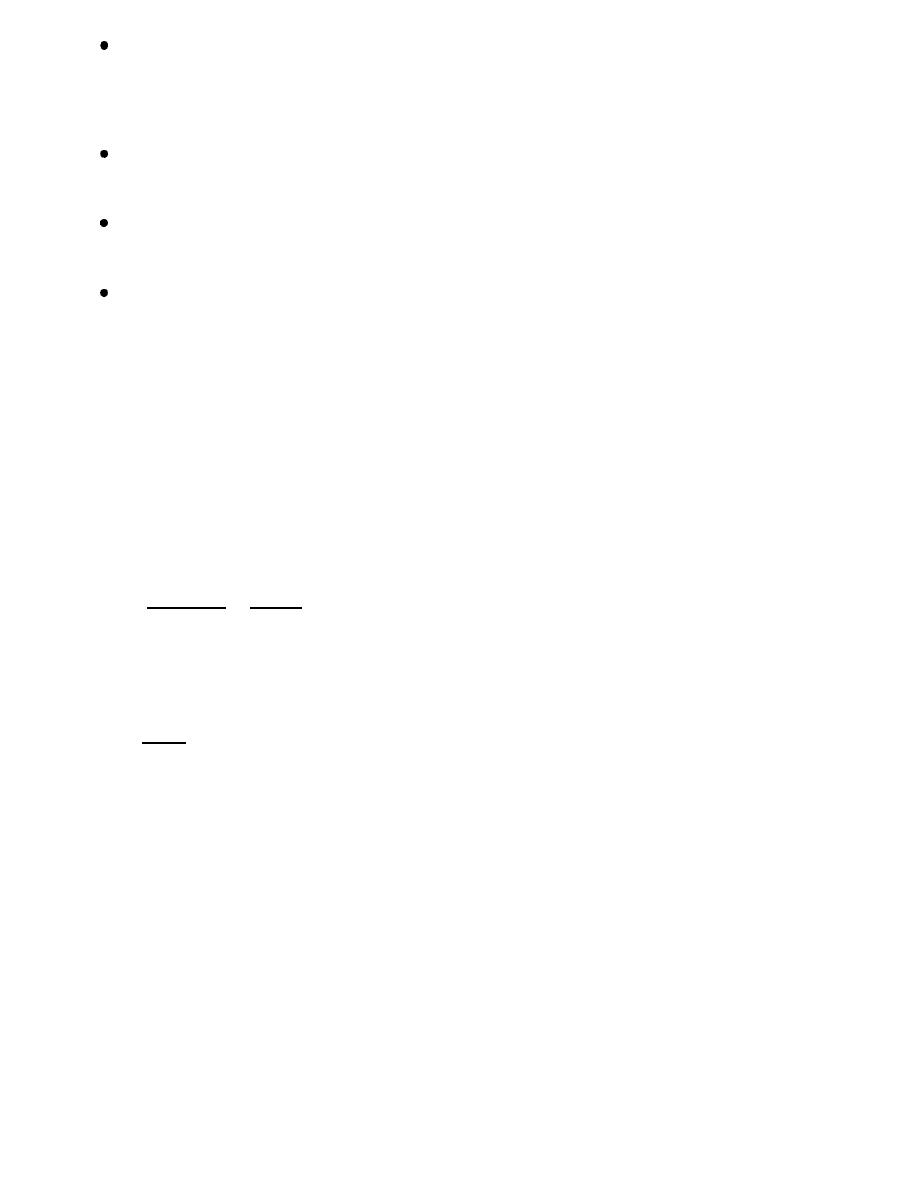 |
|||
|
Page Title:
Minor Departure from Specifications |
|
||
| ||||||||||
|
|
 QUALITY ASSURANCE FORMS AND
Any departure that reduces the
integrity or
RECORDS
operability of equipment essential
to the ship's
mission (for example, installation of
parts that do
The following are the titles and descriptions of the
not meet all applicable material
certification
forms and records you will use the most. A rule to
requirements)
remember when using these forms is that all QA forms
must be completed and signed in the proper sequence.
Failure to complete any required retest of a
component or subsystem that, if defective, could
cause flooding
QA FORM 1, MATERIAL RECEIPT
CONTROL RECORD
Any nonconformance to plan specifications
resulting in a change of configuration considered
This record (fig. 2-2) is used by the CMPO to
to be a permanent repair
document the proper receipt and inspection of items that
Failure to meet all applicable standards for major
have been designated as controlled materials.
repairs unless other alternatives are authorized by
the QA manual (in other words, failed strength
QA FORM 2, MATERIAL IN-PROCESS
test)
CONTROL TAG
Minor Departure from Specifications
This tag (fig. 2-3) is attached by supply, QA, or shop
personnel to provide traceability of accepted controlled
This includes all departures that are not determined
material from receipt inspection through final
to be major. Minor departures may be permanent or
acceptance.
temporary and are approved by the RO.
QA FORM 3, CONTROLLED MATERIAL
REJECT TAG
Who reports a departure from specification? Do
you as the supervisor? Only if you are the one finding
Shop personnel, supply, or QA personnel will attach
or causing the departure. As stated in the QA manual,
this tag (fig. 2-4) to rejected items. The individual
the person discovering or causing the departure must
finding or causing the unacceptable condition attaches
initiate the departure from specification. However, does
the tag to the rejected item. The tag indicates that
this mean that each time we cause a departure we
material is unacceptable for production work and must
immediately start the paper work? No! The originator
be replaced or reinspected before use.
must ensure that the departure is identified during
fabrication, testing, or inspection of the completed
QA FORM 4, CONTROLLED MATERIAL
work. He or she must make every effort to correct each
SHIP-TO-SHOP TAG
deficiency before initiating the departure request. Work
must not continue until the deficiency is corrected or the
This tag (fig. 2-5) is used to identify and control
departure request is approved.
material to be repaired. You attach the tag to the item to
Now that we have identified a departure, what do
be repaired. It is a good idea to stamp the three sections
we do with it? We go back to the originator. He or she
of the tag with a control number and log it in your shop
must ensure that QA Form 12 (fig. 2-1) is properly filled
log.
out and forwarded via the chain of command to the
QAO.
A FORM 4A, SHIP-TO-SHOP TAG
The originator must also retain a copy of the
(GENERAL USE)
prepared departure request until he or she receives the
returned copy from the QAO indicating that all actions
This tag is used to identify and control material and
concerning the departure have been completed
equipment in a positive manner from ship to repair shop.
(approved or disapproved).
This tag does not require a material control number.
Instead it uses an equipment serial number, a job
Make sure that the originator has an approved copy
of the departure request accompanying the completed
sequence number, and, if possible, a Navy standard
work and that the original copy is retained in the CWP.
stock number for maintaining positive control.
2-13
|
|
Privacy Statement - Press Release - Copyright Information. - Contact Us |